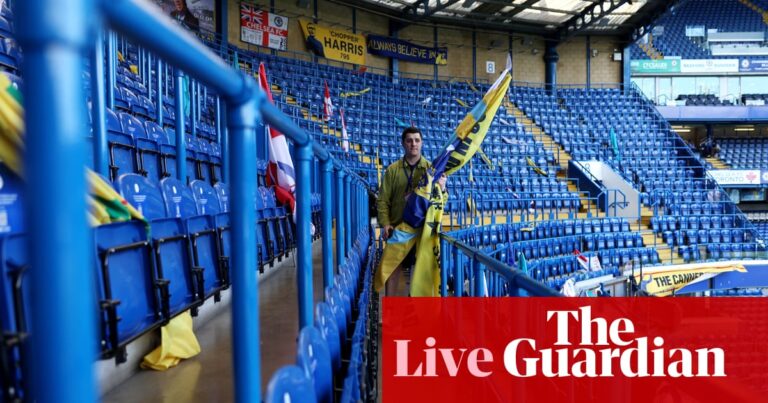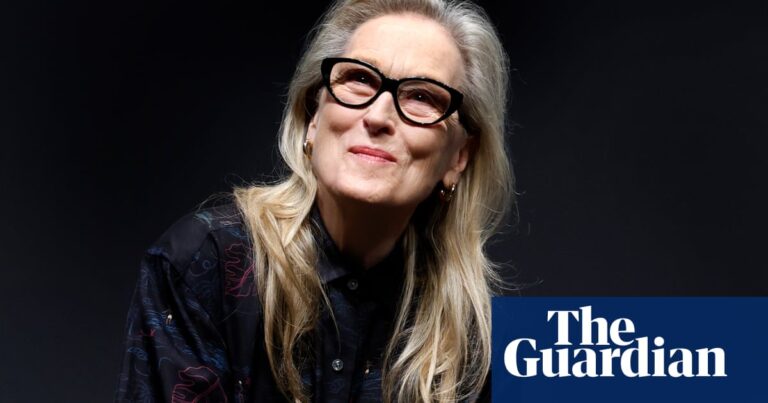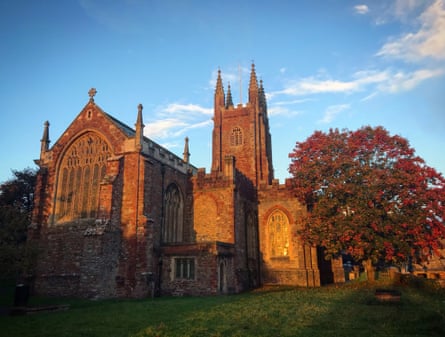An artificial intelligence algorithm developed in Bradford may have finally unraveled the mystery behind a long-debated Raphael masterpiece that is on display at the Prado in Madrid.
The artwork known as the Madonna della Rosa, or Madonna of the Rose, has captivated art enthusiasts and specialists for many generations.
The artwork portrays Mary, Joseph, and baby Jesus, along with infant John the Baptist. It was considered a masterpiece and initially attributed solely to Raphael, but later questioned in the 19th century.
Experts in the field of art history have debated whether this piece should be credited to Raphael’s workshop. Some have expressed doubt, suggesting that the figure of Joseph appears to be a later addition and not in line with Raphael’s style. Alternatively, there are those who believe that the lower portion of the painting, featuring a rose, was completed by a different artist. However, in Spain, the artwork has consistently been ascribed to Raphael himself.
Hassan Ugail, a professor of visual computing at the University of Bradford, has utilized AI technology to test the painting.
“The overall analysis suggests that the majority of the painting is attributed to Raphael, with the exception of Joseph’s face which appears to be the work of another artist. The lower part of the painting is highly likely to have been created by Raphael.”

According to Ugail, the algorithm was created by extensively examining 49 undisputed pieces by Raphael and is now able to identify the artist’s authentic works with a 98% success rate.
Ugail explained that the computer is closely examining a painting, not just focusing on the face, but analyzing all of its elements. It is gaining knowledge about the color palette, shades, tones, and brushstrokes. The computer is studying the painting at a microscopic level and absorbing all of the distinctive features of Raphael’s artistic style.
For the Madonna, the initial examination indicated that 60% of it was created by Raphael. The computer then analyzed the painting by section and determined that the face of Joseph was not painted by Raphael.
A recent study, published on Thursday in the Heritage Science journal, revealed this discovery.
Howell Edwards, a retired professor of molecular spectroscopy at Bradford University and co-author of the study, stated that the AI analysis of their research has definitively shown that while the three figures of the Madonna, Jesus, and St. John the Baptist are undoubtedly painted by Raphael, the figure of St. Joseph is not and was painted by a different artist.
The Haddo Madonna, a painting hanging in Haddo House, Aberdeenshire, was also subject to testing by the researchers, adding to the ongoing debate surrounding it.
In the 19th century, the 4th Earl of Aberdeen, George Gordon, purchased this piece as an original work by Raphael. However, it was later determined to have been created by a lesser-known artist, Innocenza da Imola.
Ignore the advertisement for the newsletter.
after newsletter promotion
During a 2016 episode of BBC’s Britain’s Lost Masterpieces, art historian Bendor Grosvenor asserted that the artwork in question was created by Raphael. However, experts at the National Gallery later disputed this claim.
After careful analysis, AI has determined that the piece in question is likely a creation of Raphael, therefore supporting Grosvenor’s stance.
Ugail previously utilized AI technology to assist in facial recognition on a painting called the de Brécy Tondo, which shares similarities with Raphael’s Sistine Madonna. The computer concluded that the painting was indeed created by Raphael.
Ugail happily acknowledges his lack of knowledge in the field of art and the fact that his work is often met with chilly reception from art historians.
He stated that there is fear and a belief that we are naive and unaware of our actions.
However, Ugail believes that art historians will eventually come to appreciate AI as an additional method for authenticating great art. He emphasized that he does not think AI will replace the role of humans.
Examining various elements such as origin, colors, and state of a piece is necessary for verifying its authenticity. A software of this nature can serve as a helpful resource in this process.
Source: theguardian.com
















